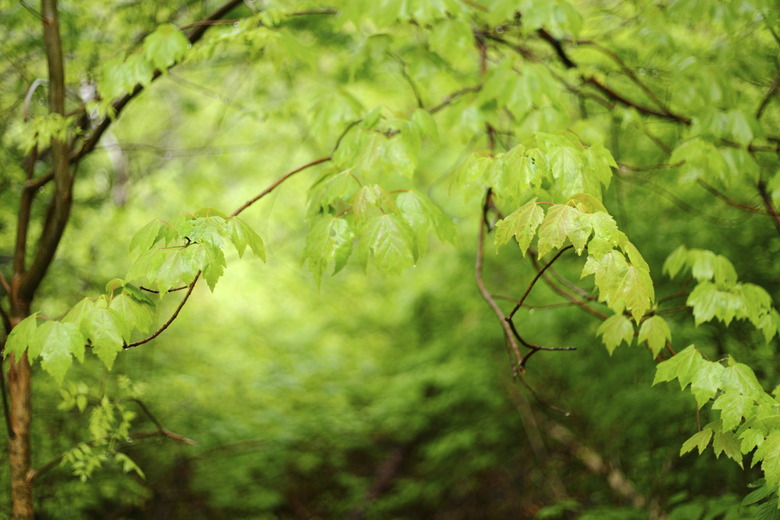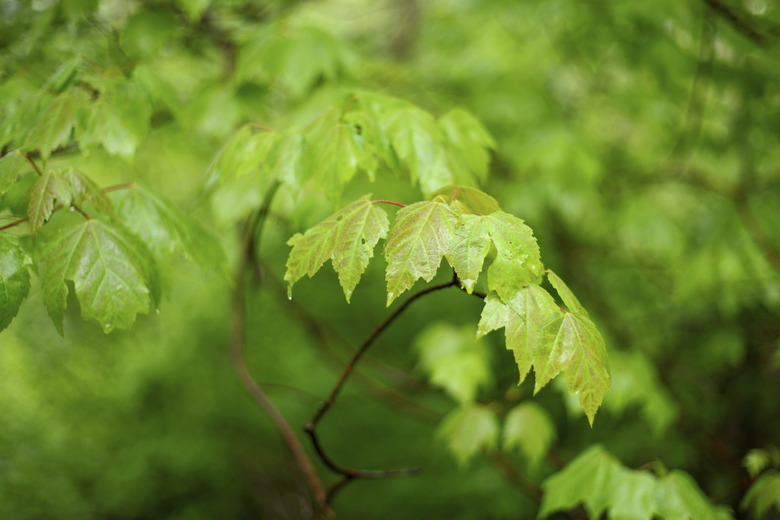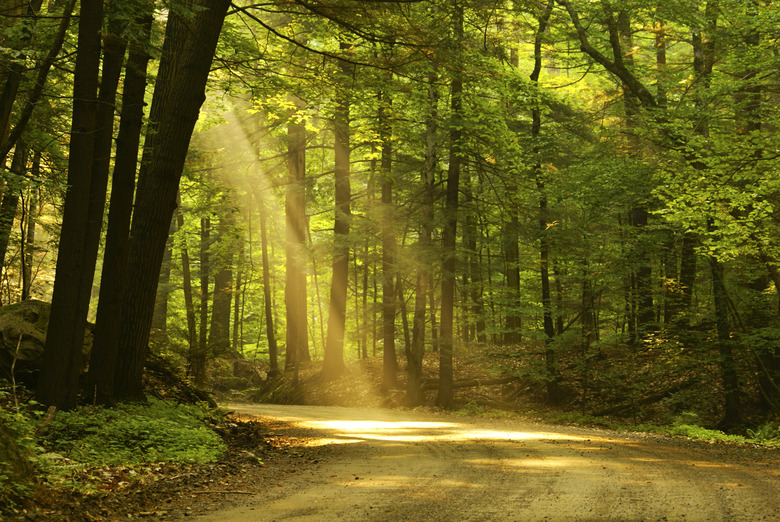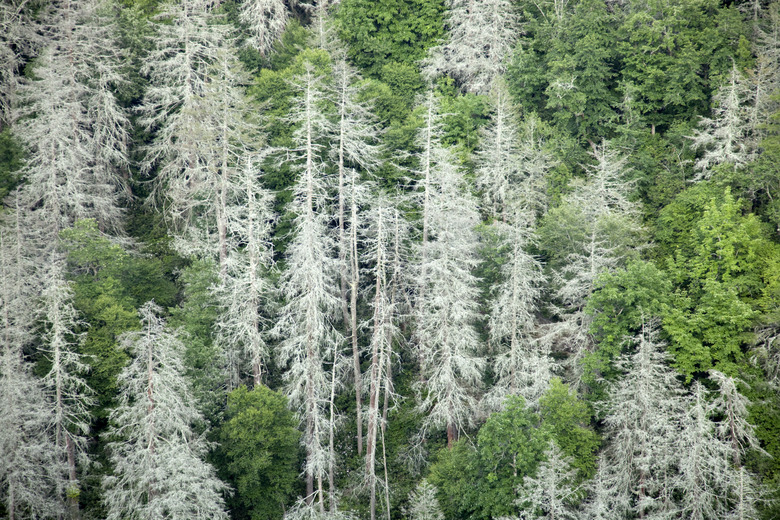Limiting Factors Of Temperate Forests
Temperate forests make up a majority of the forest type on the eastern coast of the United States as well as parts of Europe and are composed of both deciduous and coniferous trees. In the Southern Appalachians, the forest is also referred to as a temperate rainforest and is known for the richness of its biodiversity.
Human Factors
Human Factors
Factors associated with human civilization, such as pollution and urban sprawl have had a negative effect on the temperate forests along the east coast of the United States. Examples of pollution include acid rain deposition from coal powered power plants partially destroying spruce-fir forest ecosystems in higher elevations along the Appalachians. Other examples of limiting factors associated with humans include the building of mountain and forest communities as a result of urban sprawl. Currently in the southeast region, mountain top removal is a practice used by coal mining companies to use strip mining and explosives to remove coal mountain tops.
Allelopathy
Allelopathy
A self-limiting factor found within temperate forested ecosystems themselves include certain plants' ability to affect the soil acidity and nutrient composition around it, which is a process termed "allelopathy." Examples include Rhododendron, Black Walnut and coniferous species such as the White Pine. Other non-native invasive species, such as the Tree of Heaven, uses allelopathy to gain a competitive advantage over native plants in temperate ecosystems.
Sunlight
Sunlight
Due to the older age and species diversity of the temperate forest ecosystems, many grasses and lower lying shrubs have difficulty growing to the breadth of the canopy composed of the taller trees. As a result, little sunlight actually reaches the forest floor, which serves as its own limiting factor. In densely populated ecosystems where the forest canopy soaks up all of the sun, there is little room for new seeds to sprout and turn into mature shrubs and trees unless an older tree dies or loses significant limbs to allow the sunlight to reach the forest floor.
Pests and Diseases
Pests and Diseases
While some pests and diseases are native and indigenous to temperate forests in the US, others, such as the hemlock and balsam woolly adelgids, are non-native invasive species that are threatening the hemlock and spruce-fir forests along the east coast. Another example of a non-native disease includes the Chestnut Blight, which has killed off the entire mature American Chestnut population. According to Invasive, over 400 species of exotic insects have been naturalized into the US forested ecosystems, causing "serious ecological and economic consequences."
Cite This Article
MLA
McGuffin, David. "Limiting Factors Of Temperate Forests" sciencing.com, https://www.sciencing.com/limiting-factors-of-temperate-forests-13406003/. 21 July 2017.
APA
McGuffin, David. (2017, July 21). Limiting Factors Of Temperate Forests. sciencing.com. Retrieved from https://www.sciencing.com/limiting-factors-of-temperate-forests-13406003/
Chicago
McGuffin, David. Limiting Factors Of Temperate Forests last modified March 24, 2022. https://www.sciencing.com/limiting-factors-of-temperate-forests-13406003/




